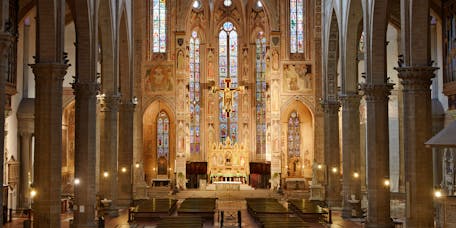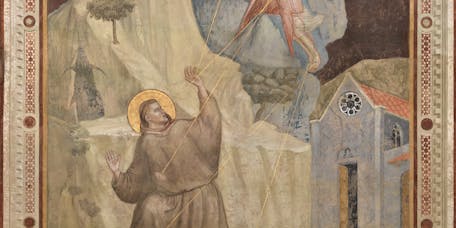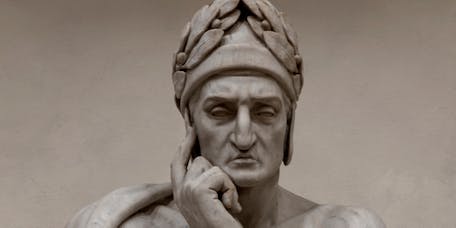Discover Santa Croce
A unique hub where art, faith, spirituality and historical memory are closely interwoven, the Santa Croce complex is one of the best-loved sites in Florence thanks to the lofty secular and religious value of its art heritage. The vast fresco cycles painted by Giotto and his pupils are a self-contained compendium of the innovation in both style and content that marked 14th century painting; the monumental tombs of some of Italy's greatest figures – Michelangelo, Galileo, Machiavelli, Alfieri, Rossini and Foscolo – make Santa Croce a cradle of memory stretching far beyond mere local interest; while Brunelleschi's Pazzi Chapel and Donatello's sculptures rank among the most important examples of the art of the Renaissance.
The Places
The monumental complex is made up of the Basilica, the sacristy with the Medici chapel, the Pazzi chapel, the cloisters, the Opera Museum, the Crypt and the Memorial chapel. The Basilica in particular, the construction of which began in 1295, has continued to be redesigned over the centuries while other spaces, such as the Pazzi chapel, have not undergone significant transformations, thus maintaining their original function.
Masterpieces
More than 4,000 works, created between the thirteenth and twentieth centuries are conserved within the monumental complex: Cimabue, Giotto, Taddeo and Agnolo Gaddi, Orcagna, Donatello, Brunelleschi, Della Robbia, Bronzino, Vasari and Canova are just some of the artists who have enriched Santa Croce with their masterpieces of inestimable value.
Learn
The Opera di Santa Croce proposes numerous initiatives to promote the knowledge of its extraordinary artistic heritage: professional guides and cultural mediators accompany visitors on the discovery of the masterpieces of Santa Croce and its lesser known corners; schools of all levels and kinds will find lots of ideas for educational trips, whilst the little ones will be able to try their hand at creating their own heraldic coat of arms.
Special visits

A cycle of visits that over the coming months will lead us to the discovery of the many different aspects that characterise the extraordinary identity of Santa Croce.




